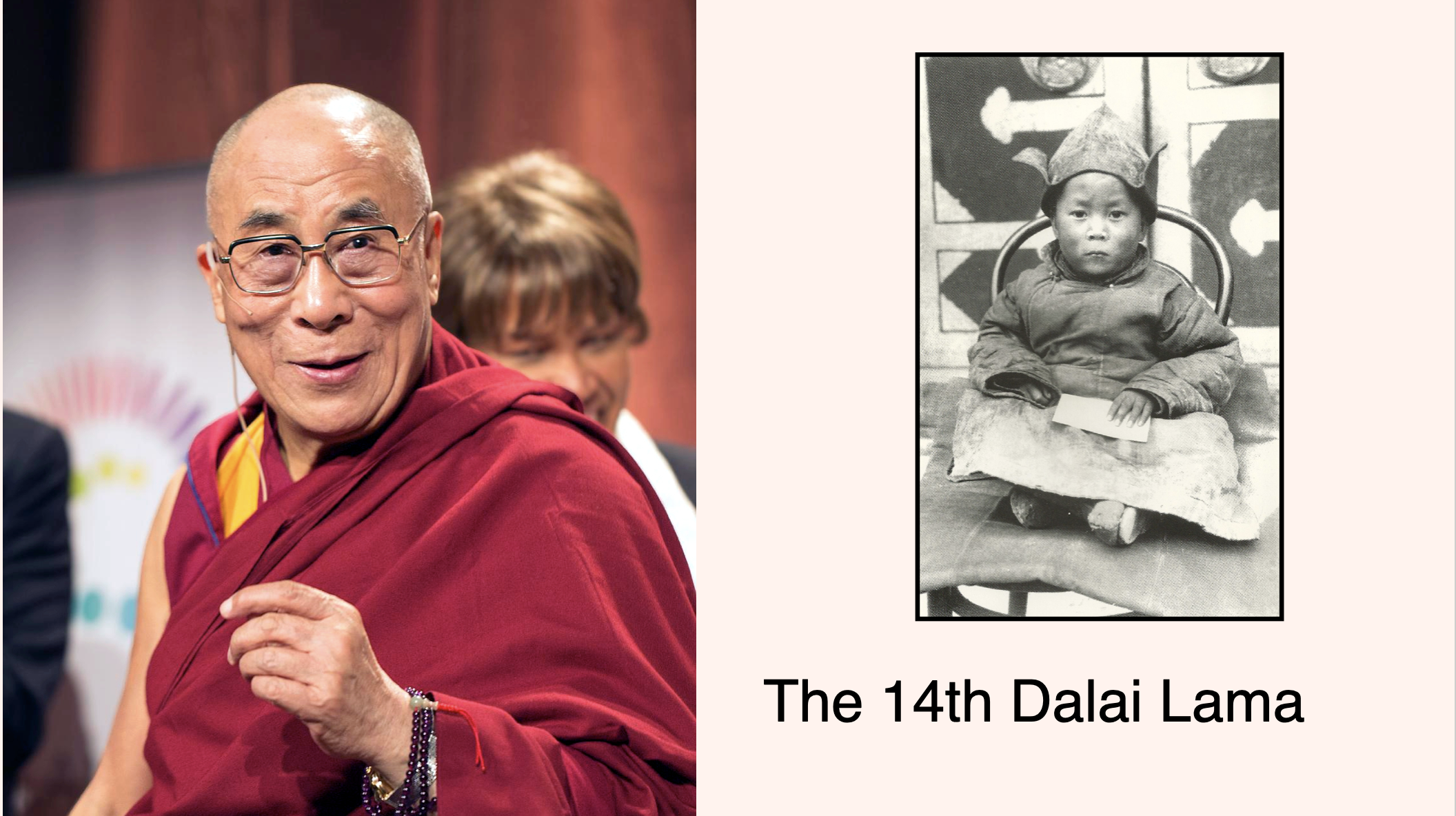ON THIS DAY: 17 November 1950 – 15-year-old Tenzin Gyatso officially became the 14th Dalai Lama. Tibetan Buddhists believe that the Dalai Lamas are manifestations of Avalokiteshvara, also known as Chenrezig, the Bodhisattva of Compassion and the patron saint of Tibet.
Amongst many Buddhists, there is the belief that Avalokiteśvara, the Bodhisattva of Compassion, intervenes in the fate of Tibetans by incarnating as teachers and benevolent rulers. The first Dalai Lama, Gedun Drupa (1391- 1474), was awarded the title posthumously.
The 14th Dalai Lama, Tenzin Gyatso, was born on July 6, 1935, in a hamlet called Taktser, Amdo, in northeastern Tibet. His family were farmers. At birth, he was named Lhamo Dhondup, and at just two years old, he was recognised by senior Tibetan monks as the reincarnation of the 13th Dalai Lama, Thubten Gyatso who died in 1933.
At six years old, Tenzin began his monastic education, which culminated in 1959, at the age of 23, with a doctorate in Buddhist philosophy. In 1950, the year he assumed his role as the 14th Dalai Lama, China invaded Tibet. After the Tibetan uprising in 1959, which was brutally suppressed by Chinese forces, His Holiness was forced into exile in Dharamsala, northern India, where he established the Tibetan government-in-exile.
In 1989, the 14th Dalai Lama was awarded the Nobel Peace Prize for his non-violent struggle for the liberation of Tibet. On March 14, 2011, he requested to be relieved of his duties as the Head of State for Tibet, announcing that the Dalai Lamas would no longer wield both spiritual and political authority in Tibet. He declared that he would focus solely on spiritual matters. On March 29, 2011, he signed a document transferring his temporal authority to a democratically elected leader. Additionally, on September 24, 2011, His Holiness published clear guidelines for the recognition of the next Dalai Lama. He stated that when he reaches the age of about 90 (in 2025), he will consult with Tibetans from all levels of society on whether the institution of the Dalai Lama should continue after him.
Today, there are approximately 6.7 million Tibetans living in the Tibet Autonomous Region of China, and an estimated 100,000 Tibetans living in exile, mainly in India, Nepal, and Bhutan. Globally, there are an estimated 520 million followers of Buddhism.

